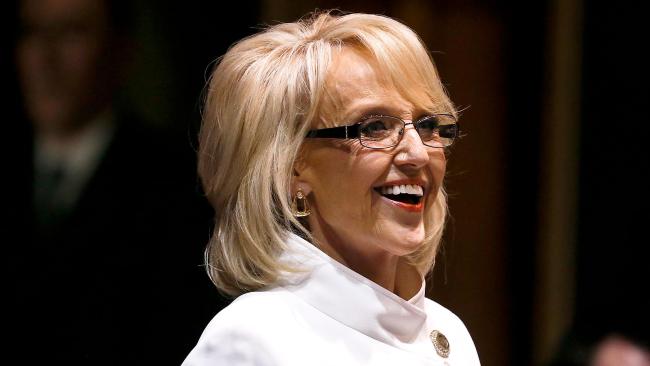Report: Thousands of Arizona children living in group homes

With Arizona children getting removed from their homes at record-high numbers, officials have attempted to identify a cause for the removals.
A recent policy report from Kids Count found that out of the 17,000 children removed from their homes, about 2,100 of them are placed in congregate care settings.
These settings include emergency shelters and group homes, which cost the state approximately $123 per child, per day. Licensed foster family housing costs around $23 per day.
Dana Wolfe Naimark, president and CEO of the Children’s Action Alliance, spoke with KTAR News 92.3 FM’s Mac and Gaydos about the reasons children are being taken from their homes.
“One (reason) is that families are struggling here in Arizona,” she said. “Even though the Great Recession is technically over, many families are struggling and still facing unemployment or underemployment. Families have a lot of overwhelming stress and sometimes that stress makes them unable to take good care of their children.”
Naimark said although the number of Arizona children removed from their homes is bigger than ever, the state is an outlier compared to the rest of the country.
“In other states they are reducing the number of children and care,” she said. “They are spending time and energy on helping children stay home safely with their parents instead of being removed into foster care.”
More children are being placed into congregate care settings due to a shortage of foster families, Naimark said.
“We have a shortage of foster families, but the shortage is not because we’ve lost the number of foster families,” she said. “It’s because the number of children we’ve taken out of their homes has grown. The demand of foster care has outstripped the supply.”
Arizona made a commitment to the U.S. Department of Health and Human Services, promising to reduce the number of children in congregate care settings last year in order to qualify for a greater amount of flexibility in federal fund use.
The Arizona Department of Child Safety pledged to develop service reforms to prevent placement into these services, place children in less restrictive forms of care and reunite families. DCS must prevent specific strategies within the next month.
One former foster child, Desaray, whose last name was withheld, said living with her relatives after being removed from her mother’s care allowed her to experience a continued sense of encouragement and support.
“I feel fortunate to have grown up in a family setting,” she said in an interview with the Children’s Action Alliance. “I know people who lived in group homes, and they didn’t have the same support system that I continue to have. Their care ended when they turned 18, but I continue to have encouragement and guidance from my family.”
Desaray, a member of the Fostering Advocates Arizona Young Adult Leadership Board, said being able to grow up beside her siblings granted her the ability to establish a close bond with them.
“Those bonds I have with my siblings are among the strongest in my life,” she said. “I know that if I had ended up in a group home without them, I would have missed out on the relationships that helped me be successful.”
In order to reduce the number of children being placed into congregate care settings, Naimark said there needs to be changes with state funding and leadership.
“It comes down to money and leadership and you need both combined,” she said. “You certainly need money into the system to provide families with services in their home, but it also takes leadership to make that a priority.”
































Comments
comments powered by Disqus